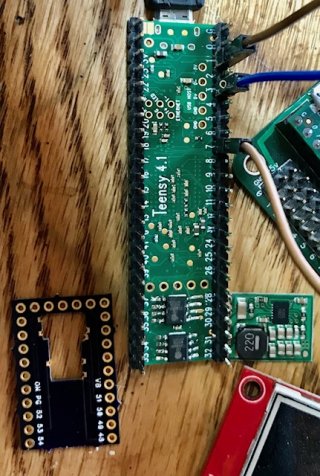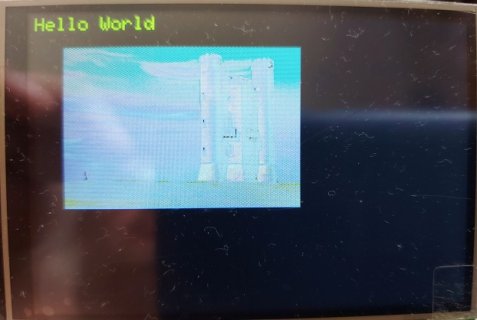Thanks Mike,
Not sure at times how much these change help or not... Often times it depends on how much time the code overhead is versus how many times it avoids with reducing the bytes sent out SPI. Example did same code change for the ST7735/89_t3 code base and tried it on T4 with ST7789 2" version... Code change:
I tried it with and without the change:
Using a version of the graphic test that works in all 4 orientations and prints out timings...Code:#if 1 uint16_t _previous_addr_x0 = 0xffff; uint16_t _previous_addr_x1 = 0xffff; uint16_t _previous_addr_y0 = 0xffff; uint16_t _previous_addr_y1 = 0xffff; void setAddr(uint16_t x0, uint16_t y0, uint16_t x1, uint16_t y1) __attribute__((always_inline)) { if ((x0 != _previous_addr_x0) || (x1 != _previous_addr_x1)) { writecommand(ST7735_CASET); // Column addr set writedata16(x0+_xstart); // XSTART writedata16(x1+_xstart); // XEND _previous_addr_x0 = x0; _previous_addr_x1 = x1; } if ((y0 != _previous_addr_y0) || (y1 != _previous_addr_y1)) { writecommand(ST7735_RASET); // Row addr set writedata16(y0+_ystart); // YSTART writedata16(y1+_ystart); // YEND _previous_addr_y0 = y0; _previous_addr_y1 = y1; } } #else void setAddr(uint16_t x0, uint16_t y0, uint16_t x1, uint16_t y1) __attribute__((always_inline)) { writecommand(ST7735_CASET); // Column addr set writedata16(x0+_xstart); // XSTART writedata16(x1+_xstart); // XEND writecommand(ST7735_RASET); // Row addr set writedata16(y0+_ystart); // YSTART writedata16(y1+_ystart); // YEND } #endif
And not much difference:
Code:BEFORE AFTER Rotations 0 1 0 1 tftPrintTest: 1611 1611 1610 1610 testlines: 536 535 535 535 tftPrintTest: 73 73 73 74 testdrawrects: 65 71 65 70 tftPrintTest: 593 1199 592 1199 testfill/drawcircles: 204 205 191 190 testroundrects: 124 123 121 122 testtriangles: 73 80 74 79 mediabuttons: 1115 1114 1115 1115 Totals: 4394 5012 4376 4995
I show two of the orientations. Find that the landscape versus portrait at least on one of the tests is a lot different in timing...
But the before versus the later is not a big difference.
Doesn't x change permanently and y only rarely when using the frame buffer?
Maybe only check if x has changed if framebuffer is not active.





